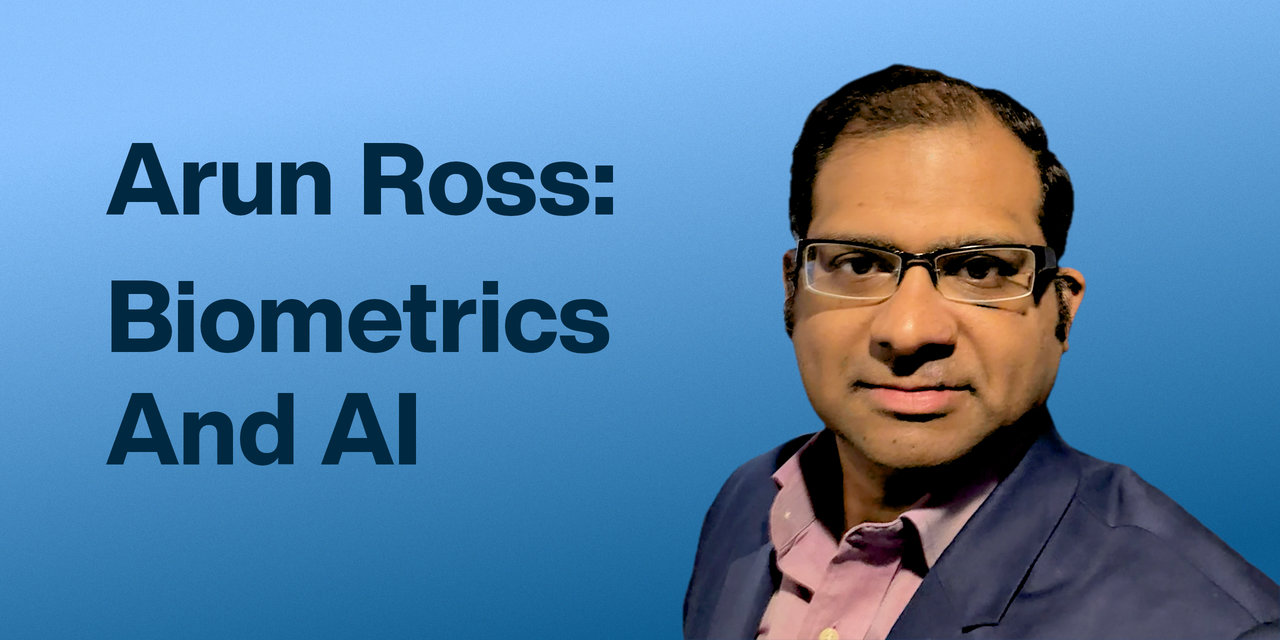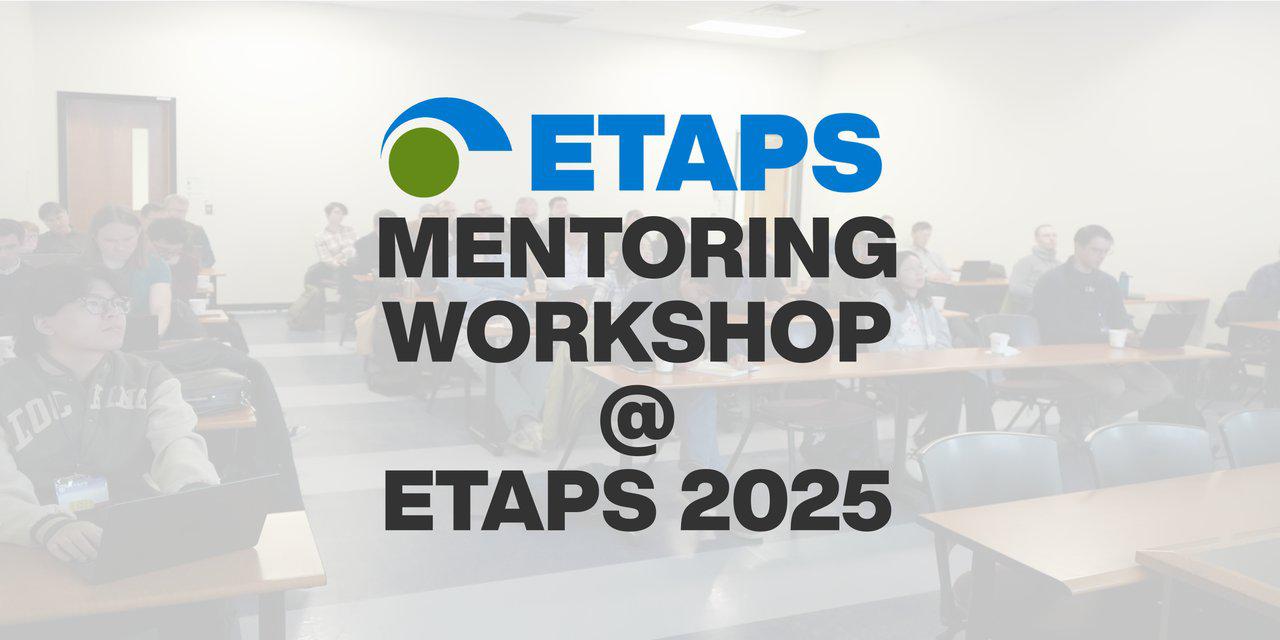
Biometrics and AI
by Georgiana Caltais — 22 April 2025
Topics: Interview
Can you tell us a little bit about your current research?
Along with my students in the Integrated Pattern Recognition and Biometrics (iPRoBE) Lab at Michigan State University, I am conducting research in the field of Biometrics, Computer Vision, Pattern Recognition and Deep Learning. We are currently working on a number of projects in Biometrics, which is the science of recognizing individuals based on their physical and behavioral traits such as face, fingerprint, iris, voice, gait, etc. We are developing methods to improve the accuracy of biometric systems, while at the same time ensuring that the data used by these systems are protected. We are also designing techniques to generate synthetic biometric data to enhance user privacy and to “train” deep neural networks for various biometric-related tasks. Another important area we are working on is the automated detection of biometric spoofs, DeepFakes and facial morphs in order to prevent an adversary from compromising a biometric system.
What projects/results have you been most proud of throughout your career?
Our work on “MasterPrint” comes to mind. We designed a method to generate synthetic fingerprints that could fortuitously match a large number of fingerprints. Think of a “master key” that can unlock many doors in a large building. So we coined the term “MasterPrint”. This research highlighted the vulnerability of fingerprint systems that use small-sized sensors to verify the identity of an individual. Our research showed that a small number of digital MasterPrints can potentially compromise a large number of identities. Later, we developed a method to avoid this vulnerability. This was joint work with researchers from New York University and was funded by the National Science Foundation.
More recently, we developed methods to detect fake irides, fingerprints and faces. Biometric systems can be compromised by an adversary wearing a “theatrical” contact lens or sporting a facial mask or presenting an artificial finger. Detecting such “spoofs” is extremely important to maintain the security and integrity of a biometric system. This work was done in collaboration with several of my colleagues and was funded by the Intelligence Advanced Research Projects Activity (IARPA).
What are the most exciting challenges and current technical advances in your field?
Modern AI has not only created new opportunities but has also introduced new challenges. For example, the accuracy of face recognition systems has improved by leaps and bounds over the past few years due to the advent of Deep Learning. But at the same time, the generation and distribution of DeepFake videos, images and audio has posed tremendous problems to society. This has resulted in the urgent need to efficiently detect DeepFakes and mitigate the harm they can inflict on individuals and communities. On the one hand, researchers are skillfully harnessing Generative AI (GenAI) for producing synthetic biometric data that can be used to train and test large-scale biometric systems; on the other hand, GenAI blurs the difference between what is “real” and what is “fake”. The phrase “Synthetic Reality” is often used to succinctly denote the conundrum of our times.
Another important area of research is homomorphic encryption. This technique can, in principle, be used to protect biometric data by processing it in the encrypted domain. This is ideal for sensitive biometric data such as fingerprint, face or iris, which are hard to revoke or change if leaked. However, applying homomorphic encryption to real-world biometric systems is stymied by many factors, including computational overhead and loss of accuracy.
What advice would you give to someone just starting out in this field?
The field of biometrics brings together different areas including biology, computer vision, statistics, signal processing, AI, cryptography, ethics, law, privacy, etc. Therefore, understanding and appreciating the multiple facets of biometrics is essential for the advancement of the technology. A researcher who is starting out in the field must be willing to have “depth” as well as “breadth”. Knowing the biology of biometric traits is as important as knowing the mathematical and statistical details of the techniques used to process the data. Further, the researcher must consider the impact of the technology on society and its potential benefits and misuse.
This year you are an invited tutorial speaker at ETAPS. What do you hope attendees take away from your presentation?
Tutorials are a good medium to engage with attendees. So I hope to learn some new things from the attendees! At the same time, I hope the attendees obtain a better understanding of the fundamentals of biometrics, appreciate the pros and cons of the technology, learn how modern AI has impacted the field, gain insight into various attacks (and countermeasures) against a biometric system and recognize the ethical and privacy implications of the technology. Research in biometrics nicely brings together diverse academic disciplines, and I would like the attendees to experience that!


